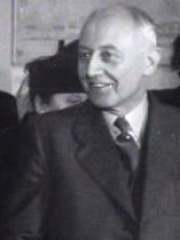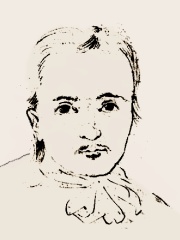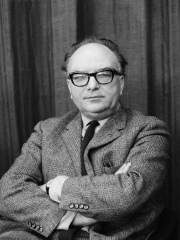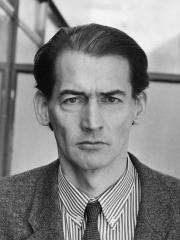
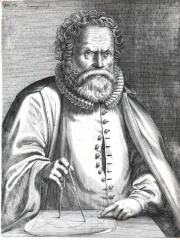
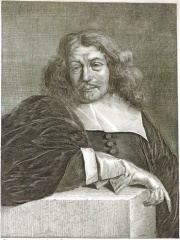
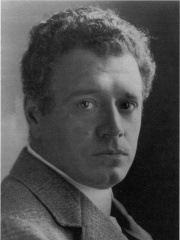
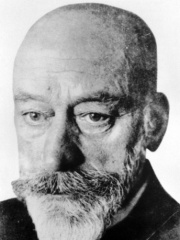
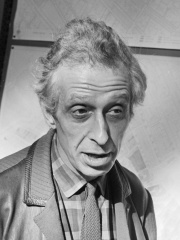
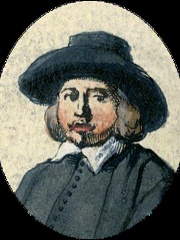

The Most Famous
ARCHITECTS from Netherlands
This page contains a list of the greatest Dutch Architects. The pantheon dataset contains 518 Architects, 16 of which were born in Netherlands. This makes Netherlands the birth place of the 10th most number of Architects behind Russia, and Switzerland.
Top 10
The following people are considered by Pantheon to be the top 10 most legendary Dutch Architects of all time. This list of famous Dutch Architects is sorted by HPI (Historical Popularity Index), a metric that aggregates information on a biography's online popularity. Visit the rankings page to view the entire list of Dutch Architects.

1. Rem Koolhaas (b. 1944)
With an HPI of 73.19, Rem Koolhaas is the most famous Dutch Architect. His biography has been translated into 49 different languages on wikipedia.
Remment Lucas Koolhaas (Dutch: [rɛm ˈkoːlɦaːs]; born 17 November 1944) is a Dutch architect, architectural theorist, urbanist and Professor in Practice of Architecture and Urban Design at the Graduate School of Design at Harvard University. He is often cited as a representative of deconstructivism and is the author of Delirious New York: A Retroactive Manifesto for Manhattan. He is seen by some as one of the significant architectural thinkers and urbanists of his generation, by others as a self-important iconoclast. In 2000, Rem Koolhaas won the Pritzker Prize. In 2008, Time put him in their top 100 of The World's Most Influential People. He was elected to the American Philosophical Society in 2014.

2. Hans Vredeman de Vries (1527 - 1607)
With an HPI of 64.88, Hans Vredeman de Vries is the 2nd most famous Dutch Architect. His biography has been translated into 22 different languages.
Hans Vredeman de Vries (1527 – c. 1607) was a Dutch Renaissance architect, painter, and engineer. Vredeman de Vries is known for his publication in 1583 on garden design and his books with many examples on ornaments (1565) and perspective (1604). The Vredeman de Vries family included a number of artists and musicians.

3. Jacob van Campen (1596 - 1657)
With an HPI of 64.14, Jacob van Campen is the 3rd most famous Dutch Architect. His biography has been translated into 26 different languages.
Jacob van Campen (2 February 1596 — 13 September 1657) was a Dutch artist and architect of the Golden Age.

4. Jacobus Oud (1890 - 1963)
With an HPI of 63.47, Jacobus Oud is the 4th most famous Dutch Architect. His biography has been translated into 21 different languages.
Jacobus Johannes Pieter Oud (9 February 1890 – 5 April 1963) was a Dutch architect. His fame began as a follower of the De Stijl movement.
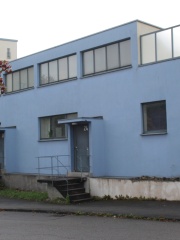
5. Mart Stam (1899 - 1986)
With an HPI of 62.93, Mart Stam is the 5th most famous Dutch Architect. His biography has been translated into 23 different languages.
Mart Stam (5 August 1899 – 21 February 1986) was a Dutch architect, urban planner, and furniture designer. Stam was extraordinarily well-connected, and his career intersects with important moments in the history of 20th-century European architecture, including the invention of the cantilever chair, teaching at the Bauhaus, contributions to the Weissenhof Estate, the Van Nelle Factory, (an important modernist landmark in Rotterdam), buildings for Ernst May's New Frankfurt housing estates, followed by work in the USSR with the idealistic May Brigade, to teaching positions in Amsterdam and post-war East Germany. Upon return to the Netherlands he contributed to postwar reconstruction and finally retired, (or rather self-isolated), in Switzerland, where he died. His design philosophy was inspired by both functionalism and scientific communism and his style of design is in line with the New Objectivity, an art movement formed during the depression in 1920s Germany, as a counter-movement and an outgrowth of expressionist architecture.

6. Hendrik Petrus Berlage (1856 - 1934)
With an HPI of 62.73, Hendrik Petrus Berlage is the 6th most famous Dutch Architect. His biography has been translated into 29 different languages.
Hendrik Petrus Berlage (Dutch pronunciation: [ˈɦɛndrɪk ˈpeːtrʏz ˈbɛrlaːɣə]; 21 February 1856 – 12 August 1934) was a Dutch architect and designer. He is considered one of the fathers of the architecture of the Amsterdam School.

7. Aldo van Eyck (1918 - 1999)
With an HPI of 61.02, Aldo van Eyck is the 7th most famous Dutch Architect. His biography has been translated into 23 different languages.
Aldo van Eyck (Dutch pronunciation: [ˈɑldoː vɑn ˈɛik]; 16 March 1918 – 14 January 1999) was a Dutch architect. He was one of the most influential protagonists of the architectural movement Structuralism.

8. Pieter Post (1608 - 1669)
With an HPI of 60.83, Pieter Post is the 8th most famous Dutch Architect. His biography has been translated into 20 different languages.
Pieter Jansz Post (1 May 1608 – buried 8 May 1669) was a Dutch Golden Age architect, painter and printmaker.

9. Salomon de Bray (1597 - 1664)
With an HPI of 60.74, Salomon de Bray is the 9th most famous Dutch Architect. His biography has been translated into 18 different languages.
Salomon de Bray (1597 – 11 May 1664) was a Dutch Golden Age painter and architect.
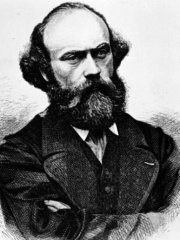
10. Pierre Cuypers (1827 - 1921)
With an HPI of 60.34, Pierre Cuypers is the 10th most famous Dutch Architect. His biography has been translated into 24 different languages.
Petrus Josephus Hubertus "Pierre" Cuypers (16 May 1827 – 3 March 1921) was a Dutch architect. His name is most frequently associated with the Amsterdam Central Station (1881–1889) and the Rijksmuseum (1876–1885), both in Amsterdam. More representative for his oeuvre, however, are numerous churches, of which he designed more than 100. Moreover, he restored many monuments.
People
Pantheon has 16 people classified as Dutch architects born between 1527 and 1965. Of these 16, 2 (12.50%) of them are still alive today. The most famous living Dutch architects include Rem Koolhaas, and Nathalie de Vries. The most famous deceased Dutch architects include Hans Vredeman de Vries, Jacob van Campen, and Jacobus Oud. As of April 2024, 1 new Dutch architects have been added to Pantheon including Nathalie de Vries.
Living Dutch Architects
Go to all RankingsDeceased Dutch Architects
Go to all RankingsHans Vredeman de Vries
1527 - 1607
HPI: 64.88
Jacob van Campen
1596 - 1657
HPI: 64.14
Jacobus Oud
1890 - 1963
HPI: 63.47
Mart Stam
1899 - 1986
HPI: 62.93
Hendrik Petrus Berlage
1856 - 1934
HPI: 62.73
Aldo van Eyck
1918 - 1999
HPI: 61.02
Pieter Post
1608 - 1669
HPI: 60.83
Salomon de Bray
1597 - 1664
HPI: 60.74
Pierre Cuypers
1827 - 1921
HPI: 60.34
Willem Marinus Dudok
1884 - 1974
HPI: 58.65
Tylman van Gameren
1632 - 1706
HPI: 58.05
Jaap Bakema
1914 - 1981
HPI: 56.72
Newly Added Dutch Architects (2025)
Go to all RankingsOverlapping Lives
Which Architects were alive at the same time? This visualization shows the lifespans of the 9 most globally memorable Architects since 1700.


